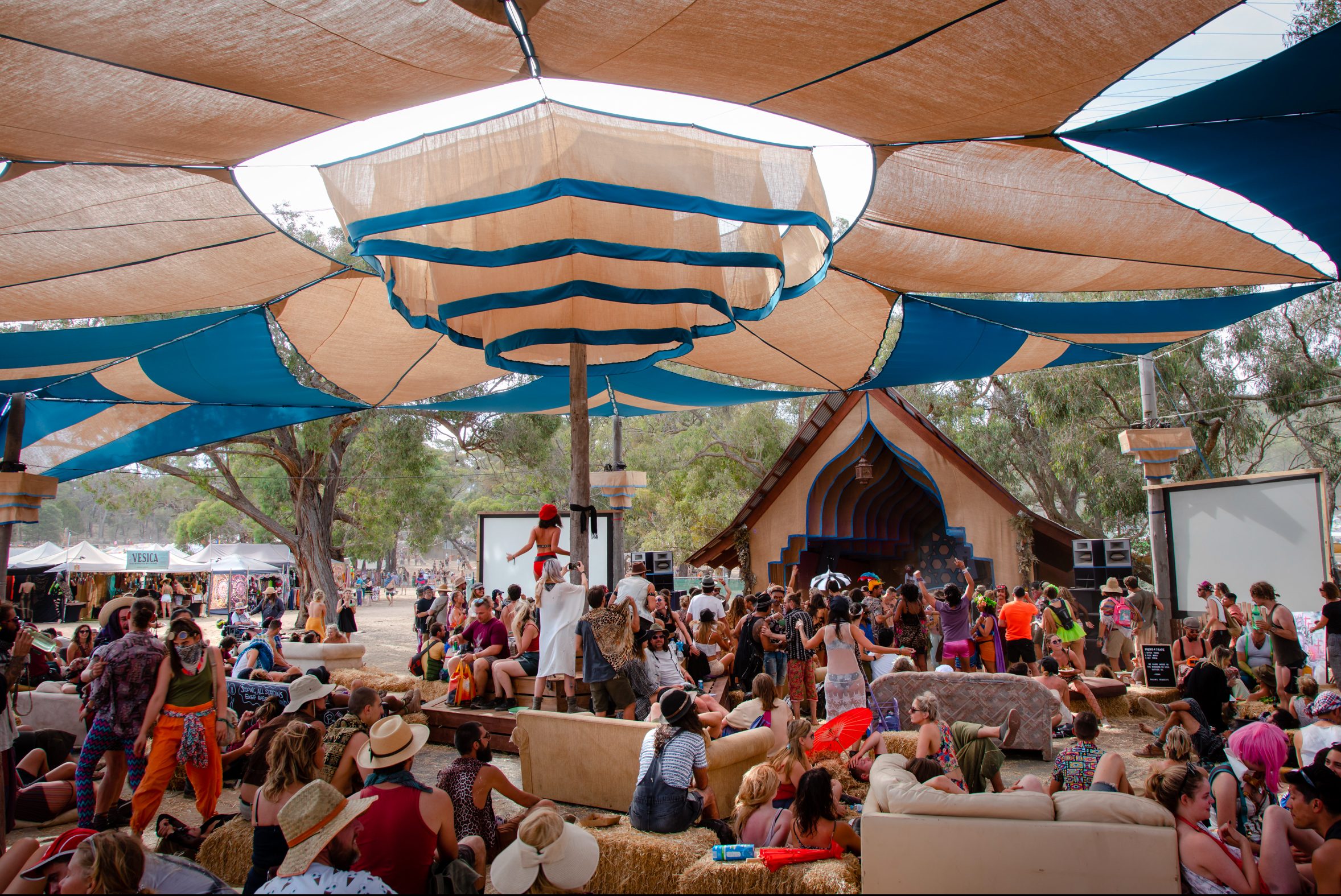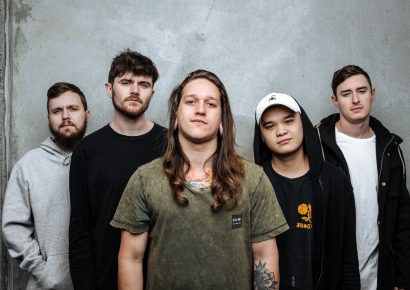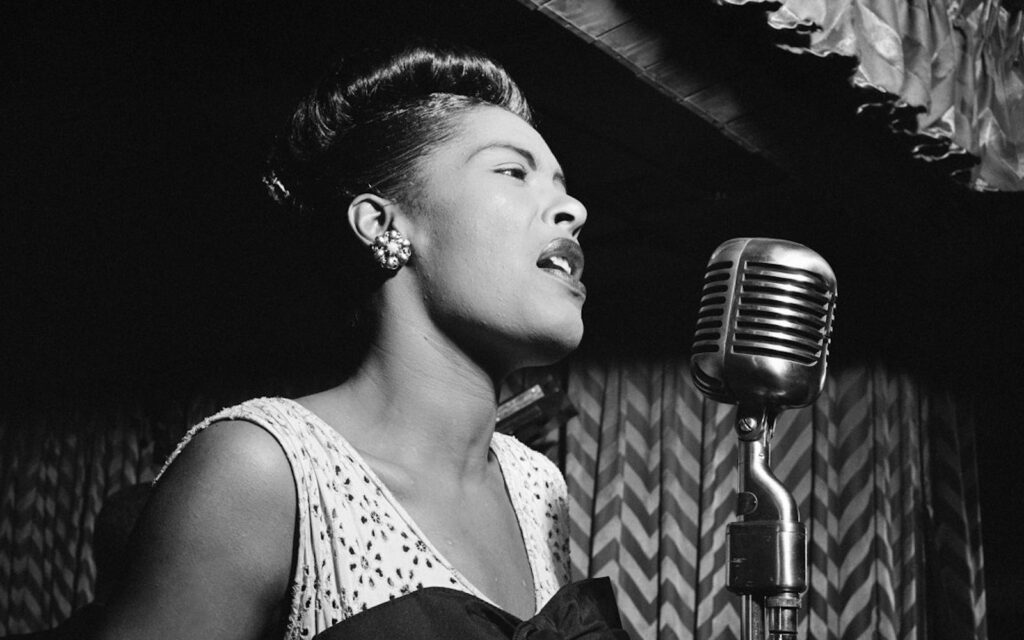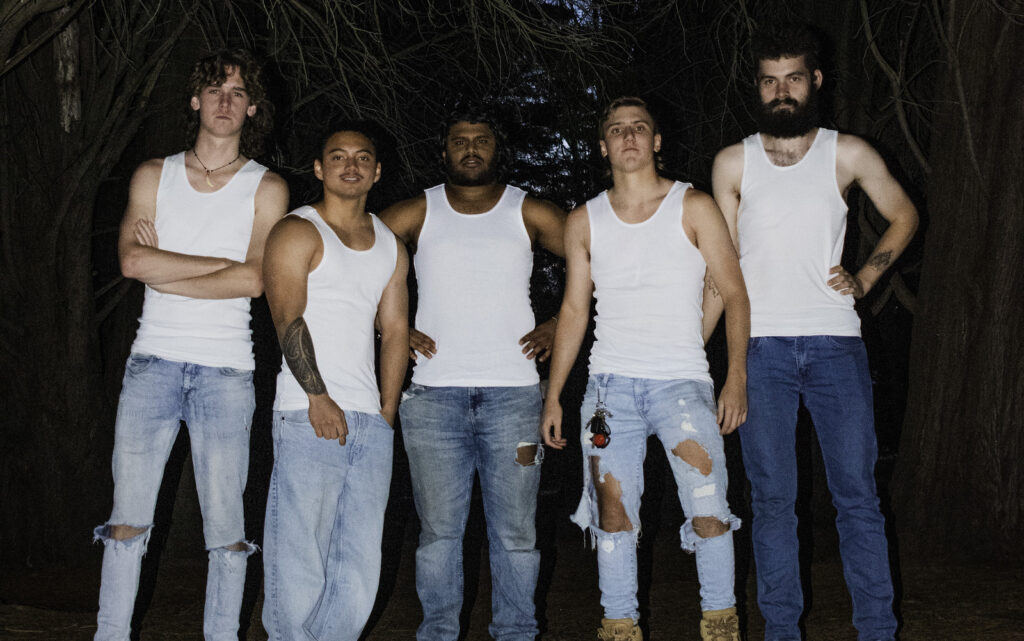Each year, people travel from all corners of the globe to join thousands of other like-minded groovers in the dusty hills of the annual Rainbow Serpent festival.
A quarter of a century is a remarkable feat considering Australia’s challenging festival climate right now. So, how has the beloved institution managed to maintain its culture and its right to exist for more than two decades?
Way back in 1998, a small group of friends decided they wanted to create a special event that incorporated elements of music, art and connection to the land. It was about providing a space for people to experience an alternative way of life, far away from the anxieties and negativity that often plague our everyday lives.
Keep up with the latest music news, features, festivals, interviews and reviews here.
With a collective group of open-minded people Rainbow Serpent was born and it wasn’t long before the Dja Dja Wurrung and Wadawurrung people, whose countries border the land, were deeply incorporated into the festival. Tim Harvey’s been involved in organising the festival for nearly 15 years now and has been going for the last 21. So understandably, he and the team have seen many faces, many artists, many unforgettable moments and, of course, many challenges along the way.
“The diversity of the content has radically increased over the years, going from predominantly trance in its early days to incorporating a much wider range of electronic and non-electronic music too,” says Harvey. He says the team has never believed in having a lineup with just a bunch of high-calibre names. For Rainbow, it’s always been about representing a diverse selection of musical styles from across the world, and as each year goes by, that diversity grows stronger. “There’s always something different depending on the stage you go to,” he says.
It’s not just about the music, either. As the acts on the lineup continue to surprise and delight music lovers, the growth of visual art, ceremonies, workshops and other unexpected experiences on the bill continue to electrify punters too.
“There are some of the most beautiful installations, artwork and structures from both international and domestic artists coming this year. We try to curate a program that in some way has some commentary on either consumerism or politics,” says Harvey. “It’s a wonderland of different sensory stimulation at Rainbow, depending on what your fix is.”
The festival has also been instrumental in incubating the Rainbow community around it, co-funding the Servo@23 arts hub project and the Rainbow Community Grants program. Every cent spent on purchasing Rainbow souvenir programs at the festival goes into the grants scheme, funding which then goes to worthy members of the wider community.
Then there are the many ceremonies that are the backbone of Rainbow’s cultural heritage. Indigenous communities come from around the world to take part in the special rituals across the long weekend. Together, these groups make up a community that is unlike any other in the world.
But Rainbow Serpent’s culture has experienced some significant hurdles in the past few years. The recent ‘war on festivals’ has left events like Rainbow with arbitrary fingers pointed at it – and the existence of many music festivals is threatened by police and the media’s framing of drug use. If there was a bigger presence of police at the football or the races, would this be the same conversation? After two decades, Harvey has seen how a zero-tolerance policy at festivals can often cause more harm than good.
“Our festival hasn’t changed as much as the culture outside of the festival has, alongside the effects that 30 years of prohibition have had in terms of drug harm. Today there’s an almost commercialisation of drug culture,” says Harvey. “The culture hasn’t shifted in tandem with a change in education. Festivals are left with the consequences of policy not in our remit to influence. We’re dealing with the hangover of failed government policy.”
Today, festivals are navigating the damage that harsh policies have had on the industry, people’s livelihoods and the communities that play a significant role in punters’ lives. “The thing is, these policies obviously don’t fix the issue of drug harm anyway. We all know there needs to be a fundamental change in the way we approach use and harm and I think anyone who has intelligence or critical thinking has worked that one out over a decade ago.
The fact that we still sit and argue over this while people are dying is just inexcusable,” Harvey says.
Despite these challenges, as one of the country’s biggest and oldest multifaceted festivals, Rainbow Serpent continues to thrive. “There’s a genuine desire of everyone involved in Rainbow to lift people up,” Harvey says. “That culture comes through so many aspects of the festival, whether that’s its Indigenous culture, the generations of families who attend, what’s going on in the village or the music bringing people together to dance to syncopated beats. There’s an unreal ‘togetherness’ you won’t find anywhere else.”
For info, head to rainbowserpent.net.









